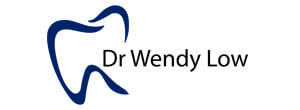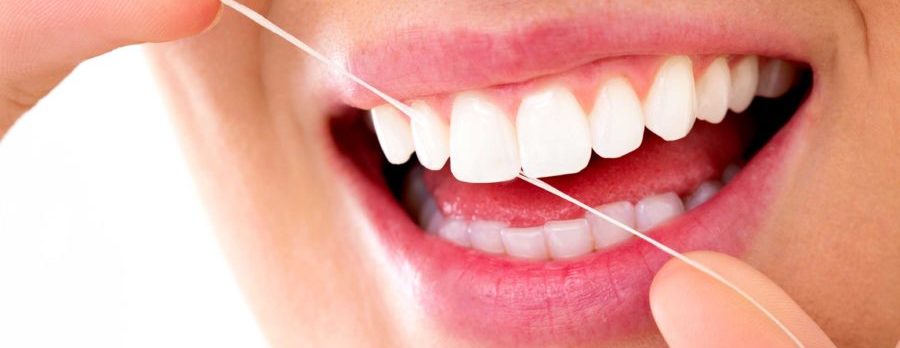Why is flossing important?
Flossing involves a very thin piece of synthetic cord you insert and move up and down between the sides of two adjoining teeth. This method is used to remove bacteria and other debris that cannot be reached by your toothbrush.
Why is flossing important?
Daily flossing can be the single most important weapon against plaque as it is an excellent and proven method for complementing your brushing routine and helping to prevent cavities, gum disease and dental problems later in life. Flossing also increases blood circulation in your gums while removing plaque and debris stuck to your teeth and gums.
How often to floss
We recommend flossing your teeth at least once a day. Like brushing, flossing should take just a few minutes and can easily be done while watching television at the end of your day.
Flossing techniques
The “spool method” and the “loop method” are two common methods for flossing.
Spool Method
Break off 18 inches of floss and wind most of it around your middle finger. Wind the rest of the floss similarly around the middle finger of your other hand. This finger takes up the floss as it becomes soiled or frayed. Move the floss between your teeth with your index fingers and thumbs. Maneuver the floss up and down several times forming a “C” shape around the tooth. While doing this, make sure you go below the gum line, where bacteria are known to collect heavily.
The spool method is most common among individuals who do not have problems with stiff joints or fingers.
Loop Method
Break off 18 inches of floss and form it into a circle. Tie it securely with two or three knots. Place all of your fingers, except the thumb, within the loop. Use your index fingers to guide the floss through your lower teeth, and use your thumbs to guide the floss through the upper teeth, going below the gum line and forming a “C” on the side of the tooth.
The loop method is effective for children or adults with dexterity problems like arthritis.
With either method of flossing, avoid snapping the floss because this can cut your gums. Make sure that you gently scrape the side of each tooth with floss. Your gums may be tender or even bleed for the first few days after flossing, which heals within a few days.

